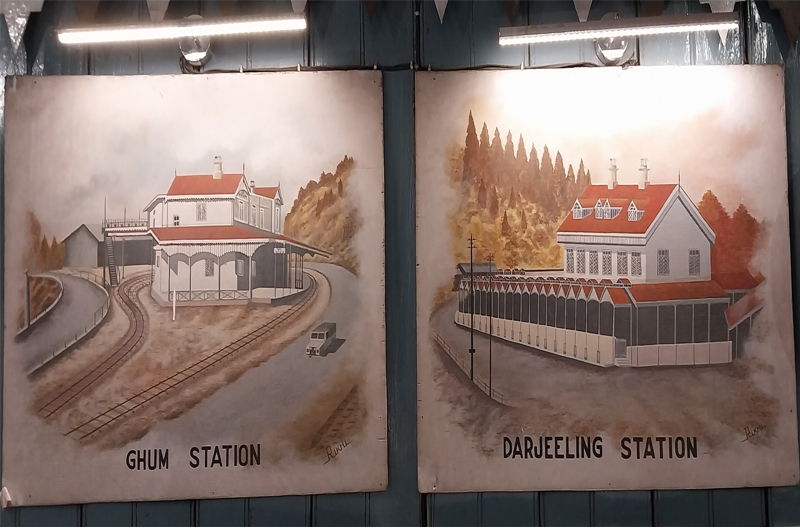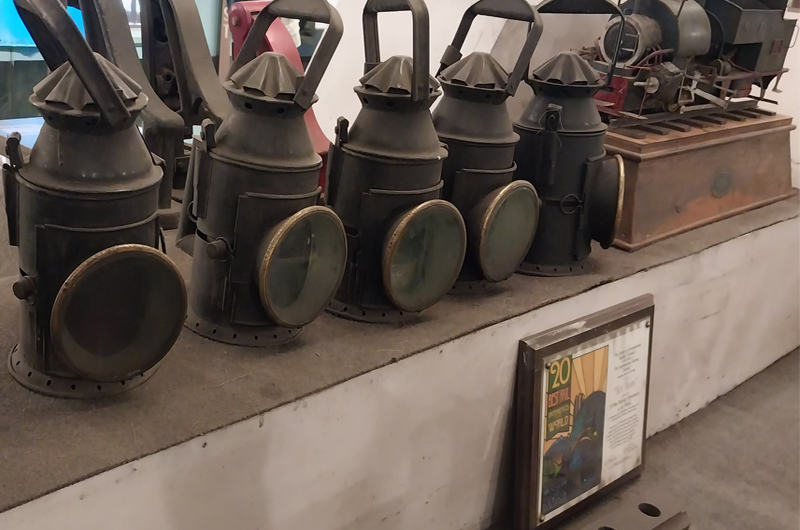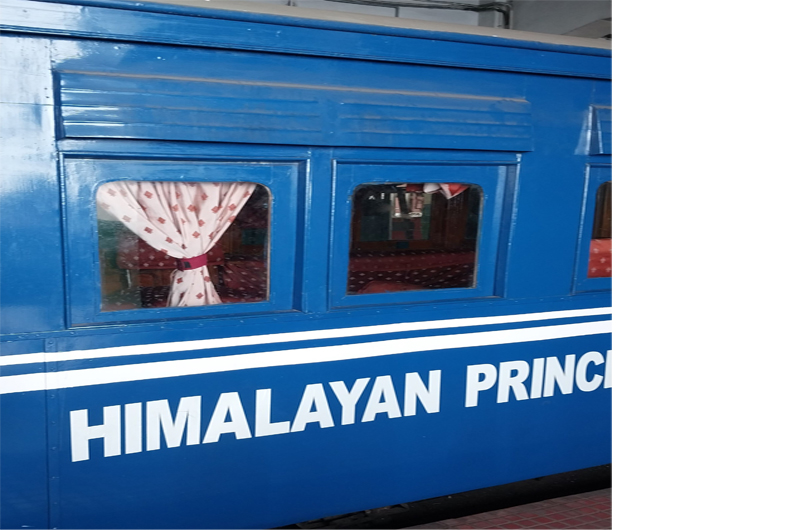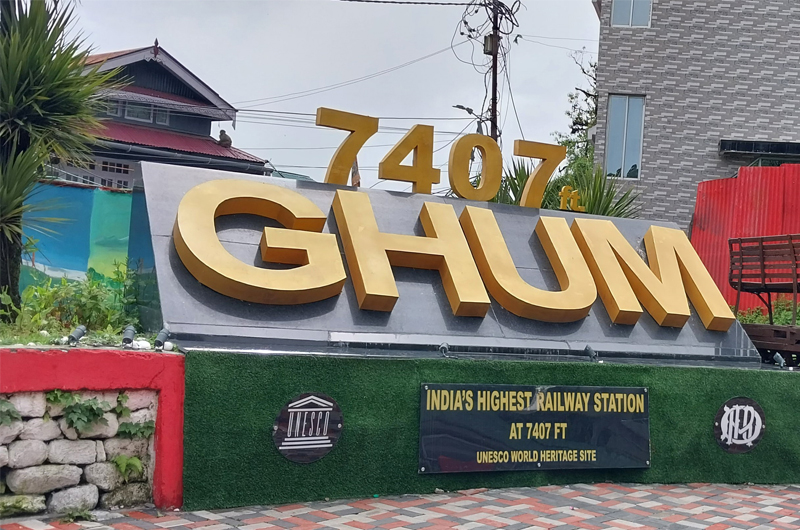Ranjita Biswas looks back in time as she takes a nostalgic trip to Darjeeling on the toy train – an unforgettable experience, she says. The Darjeeling Himalayan Railway is something of a legend. Built between 1879 and 1881, it covers 88 km on a 610 mm narrow gauge line between New Jalpaiguri and Darjeeling. In 1999, it was declared a World Heritage Site by UNESCO. A week-long summer festival is being held this June to celebrate the heritage of the Darjeeling Himalayan Railway
A week-long summer festival is being held this June to celebrate the heritage of Darjeeling Himalayan Railway (DHR). Film screenings and visual art exhibitions form part of DHRUMA (Darjeeling Himalayan Railways Universal Motion Arts Film Festival). The local community, including children, youth, artists and film enthusiasts will participate in the event, the first of its kind.
DHR is something of a legend. It was built between 1879 and 1881, covering 88 km on a 610 mm narrow gauge line between New Jalpaiguri and Darjeeling. In 1999, it was declared a World Heritage Site by UNESCO. Curated paintings by local artists and select competition entries will be displayed at an exhibition at Elysia Building in Kurseong, the headquarters of DHR, and carriages of the train will be transformed into ‘cinema halls’, giving visitors a ‘screening on wheels’ experience.

On a recent trip to Darjeeling this writer took a round trip from Darjeeling to the Ghum Station on the toy train. The quaint train ran parallel to the road and tourists in cars waved at us and clicked photos. The train service was started out of necessity. Darjeeling, the Queen of the Hills, attracted the British in India like a magnet, in the sweltering summers. Tea plantations were also coming up in the area and transporting tea chests was becoming problem. The sahibs had to make an arduous journey from the then British capital, Calcutta, via Siliguri.
First, they had to travel by a steam-powered train to Sahibgunj in the valley. From there, passengers had to cross the Ganga by steamer, take a bullock-cart to another point for another river crossing, followed by another bullock cart journey of 100 miles to Siliguri. From there, they had to take to bullock-carts or horse-drawn carriages which ran on a cart road – today’s main Hill Cart Road in Darjeeling. This took two days and the whole journey to Darjeeling took almost two weeks.
Franklin Prestage, an Englishman who was an agent of the Eastern Bengal Railway, travelled to Darjeeling this way and on his return submitted a proposal to the government for laying a steam tramway from Siliguri to Darjeeling. The proposal was accepted in 1879, and construction began that year. By March 1880, the track was laid as far as Tindharia Station and from Siliguri to Darjeeling in July 1881. The company’s name was changed to Darjeeling Himalayan Railway.

whose ancestors worked with DHR.
The construction itself was challenging. It used a unique ‘zig-zag’ system of switches to tackle the steep terrain. At some points, it even reversed directions and, about that, there is an anecdotal story. An engineer who was dancing with his wife in a ballroom one evening, shared his frustration in tackling the uphill terrain with her. The woman apparently said, ‘If you can’t go forward, why don’t you go backward?’, drawing a parallel to the dance steps – a reversal is allowed in the dance if one got stuck in a corner – and the engineer had a brainwave. So, at some points, the train reverses to get the momentum to go forward.
The steam engine is apparently quite a water guzzler. When our little train stopped at a point, we wondered if it had broken down, but came to know that the break was actually for ‘feeding’ water to the engine. The route has a number of loops – an engineering marvel. The Batasia Loop is the most spectacular. On a clear day, you can see the magnificent Himalayan Range. The stopover also has a tall war memorial dedicated to the Gorkha soldiers who fought on behalf of pre-Independence India for the British in the World Wars.

A short break of 15 minutes for a photo op, and perhaps to ‘cool’ the engine, and we were on the way to Ghum, India’s highest railway station at 2, 258 metres. On the right side of the station one can see Baby Sivok, the oldest toy train engine which started operating in 1881. A stairwell leads to a small and neatly kept museum which traces DHR’s journey from colonial times. Many of the objects on display have been donated by British families whose predecessors worked with the railways.
It was fascinating to see old lamps which railwaymen used, paintings depicting the Darjeeling and Ghum Stations in those days, logos of companies which helped build the railway, etc. Suddenly, you go back to an age when cars and diesel engines were futuristic words in the hills.
In the UK, an organisation called Darjeeling Himalayan Railway Society was founded in 1998 with membership from 20 countries, with the aim of promoting people’s interest in DHR. The Railway has also been recognised in an Indian postage stamp. On the return journey, I thought of that famous scene on the toy train in the iconic film Aradhana – Mere sapnon ki rani kaba ayegi tu – and also of the movie Barfi that featured extensive shots on the train.
(The writer is a senor journalist, translator of fiction from Assamese, and author of a coffee-table book, Brahmaputra and the Assam Valley. She is an award-winning writer of fiction for children. She lives in Kolkata.)



 from Webdoux
from Webdoux